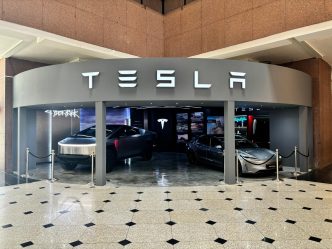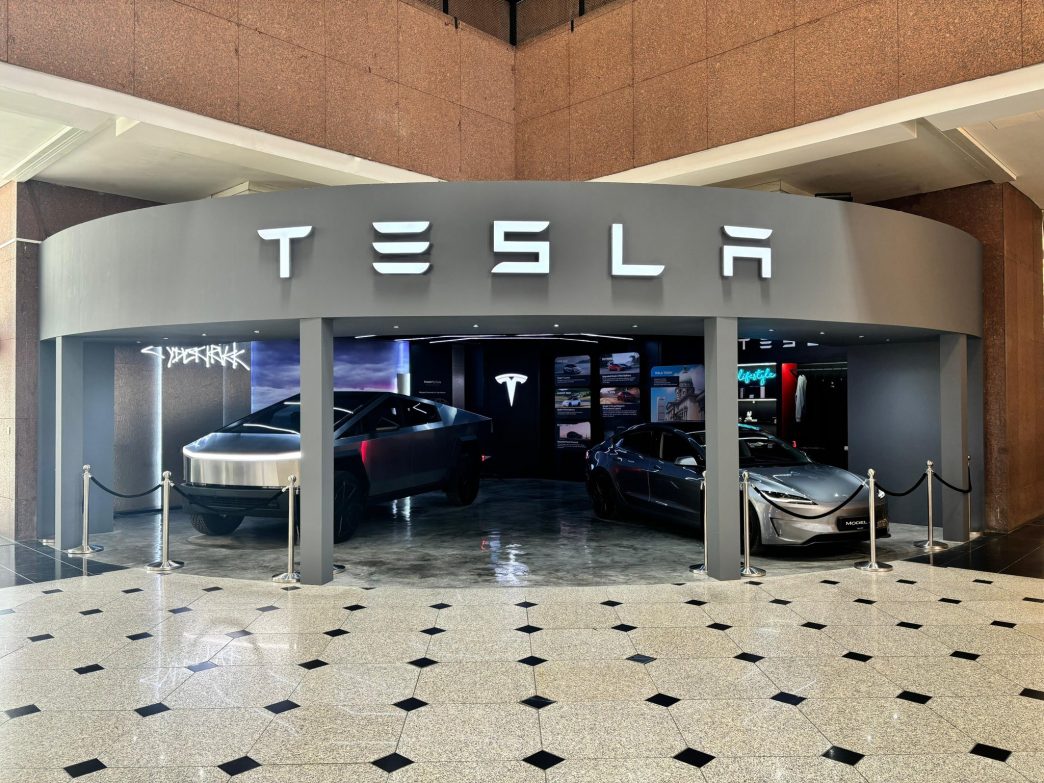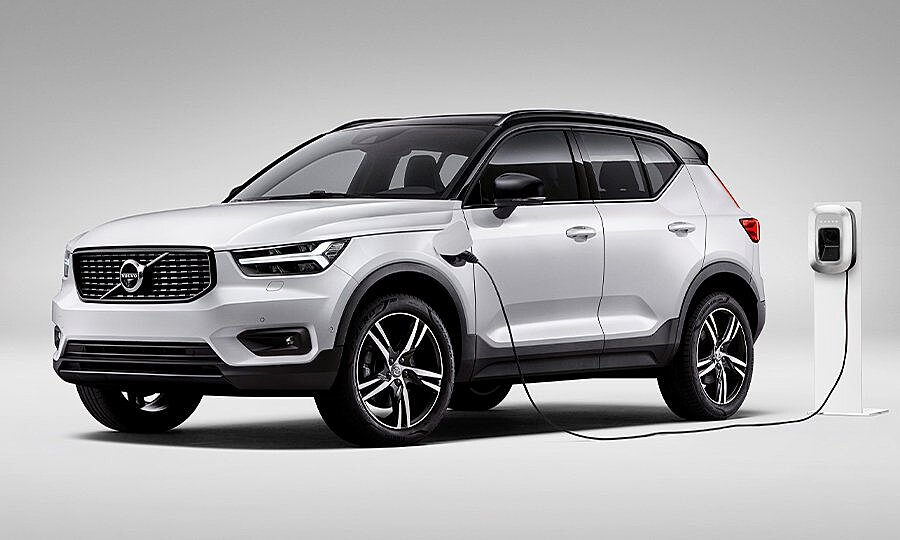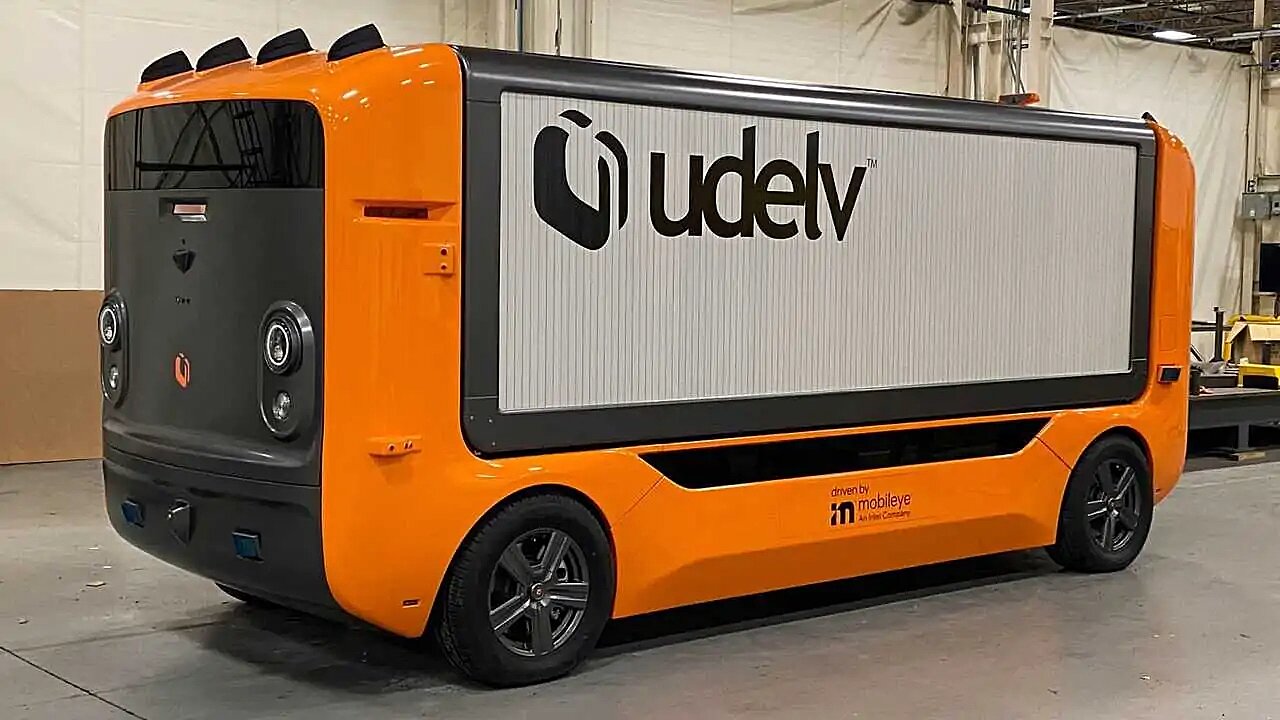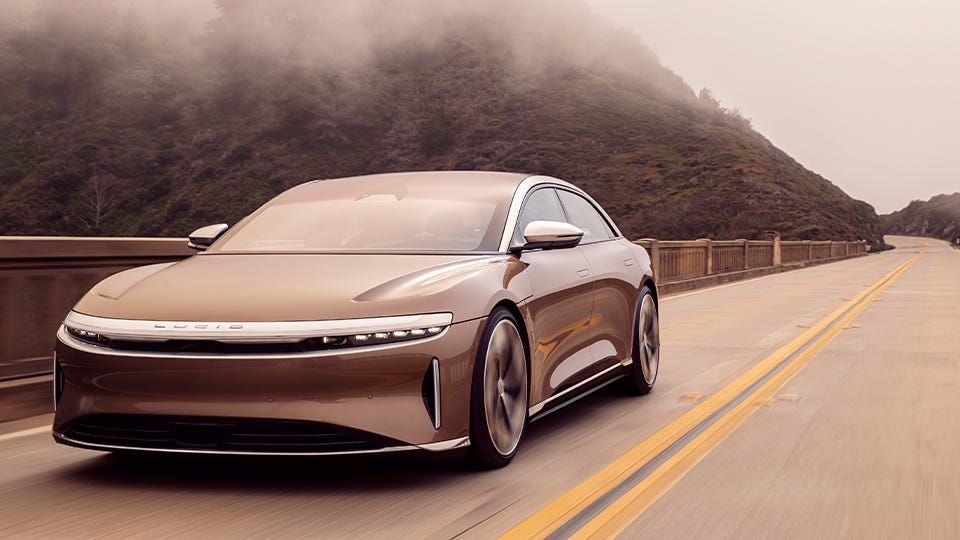Tesla’s stock surged 7%, equating to a $70 billion increase in market value, amid optimism that Donald Trump’s incoming administration could create a federal framework for self-driving vehicles. The move would potentially ease regulatory hurdles for Tesla’s autonomous driving technology, which remains under development.
Currently, self-driving regulations are governed at the state level, leading to a patchwork of rules. Reports from Bloomberg suggest that members of Trump’s transition team are prioritizing a unified federal approach for autonomous vehicles through the Department of Transportation.
This aligns with comments made by Tesla CEO Elon Musk during a recent earnings call, where he hinted at leveraging a Trump-led administration to streamline the approval process. Musk, who has publicly endorsed Trump, expressed interest in collaborating with the federal government on self-driving legislation.
Despite the regulatory optimism, Tesla faces significant challenges in delivering a viable self-driving system. Ashok Elluswamy, head of Tesla’s Full Self-Driving (FSD) division, revealed the company’s goal of achieving over 600,000 miles between critical disengagements—a metric based on human-driven accident rates. Current crowdsourced data, however, indicates Tesla’s system achieves just 241 miles between disengagements, requiring a 2,500-fold improvement to meet safety targets.
Tesla aims to roll out unsupervised self-driving technology in California and Texas by the second quarter of 2025. While regulatory clarity may offer a pathway for approval, the automaker’s ability to overcome technical hurdles remains a pressing concern.

